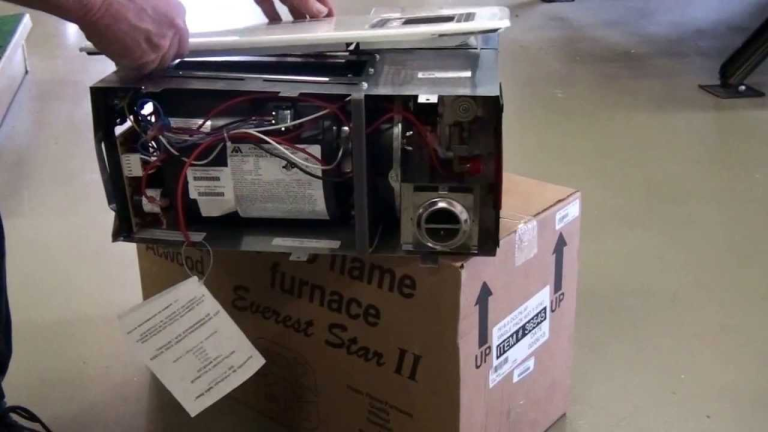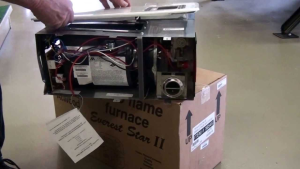

If you find yourself RVing in the cold wilderness without a working heater, you might just be in trouble. You see, despite leaving some creature comforts at home when you hit the road, it’s still vital that you and your family are able to stay warm – particularly when nightfall hits.
To help you stay on top of your RV heater’s wellbeing, we’re giving you a quick rundown on everything you need to know, including advice on basic troubleshooting, repair, and parts.
RV Heater Parts
Ever wondered what some of the key elements to an RV heater are? We delve into these below!
Thermostat: Think of this as the main control center which lets you adjust or set the temperature of your heater. It also determines when and how much heat will be delivered.
Heater Access Door: Keep your RV heater looking nice and neat (not to mention, safely closed off from pets and children) by including a heater access door in your set-up.
RV Heater Vent: Additionally, an RV heater vent can provide extra safety by acting as a barrier between you and the source of heating. When adjustable, a vent can also allow you to customize how much air flow comes out of your heater.
Heater Motor: As you would assume, the motor is what keeps your RV heater running. It’s vital that you perform regular maintenance check-ups on the motor to ensure it is in good condition.
RV Heater Troubleshooting
Think something is wrong with your RV heater? Whether the issue is big or small, we’ve listed some basic troubleshooting tips to the most frequent problems below.
The heater turns on, but doesn’t produce heat
First, check that your propane is on and there are no issues with this. If it is on as normal, then the issue may lie in a bad regulator at the propane tank, insufficient air flow through the heater, or a bad propane valve at the heater.
You can smell a bad smell when the heater is turned on
In many cases, this is due to your RV heater being idle over the warmer months. Allow it to run for a little while and pay attention to whether the smell improves and disappears. If the bad smell continues or worsens, then switch your heater off immediately and examine the propane for any signs of leakage. Seek the help of an RV heater professional.
The pilot light won’t light or stay lit
First, check if the thermocouple is positioned properly in the pilot flame, as this could be the culprit. If all is looking as it should, then a bad regulator at the propane tank may be to blame. The easiest way you can determine this is by looking at the color of the flame on your stove burners. Are they mostly blue or do they contain a lot of yellow? Yellow flames can indicate a bad regulator, so seek the help of a heater professional.
The exhaust vent contains soot
While some RVers may think soot is normal, it shouldn’t be present on your exhaust vent, so this issue requires further attention. Check if there are any other signs of soot on your additional vents, before calling for a heater specialist to pay you a visit. Soot can be a sign of improper combustion, which is leaving unburned fuel as it is venting.
RV Heater Repair
While we sometimes recommend DIY guides or video tutorials to help you repair common RV problems, it’s different for RV heaters. Because a heater uses gas such as propane, it’s best that you seek the help of an experienced professional who works in the heating industry. As they say, it’s better to be safe than sorry!
Check your local classifieds for a company who can help, or a quick Google search can steer you in the right direction.
Did you find our RV heater troubleshooting guide helpful? Now you’ve got some great knowledge under your belt to help you with your own RV heater. Best of luck!
This post may contain affiliate links.






